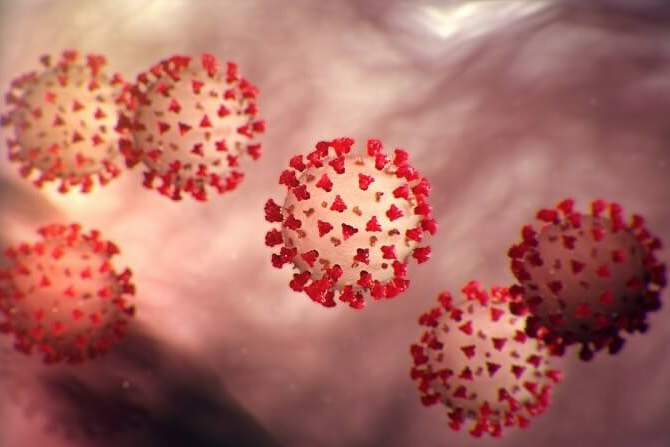Cases are rising around Maryland and much of the Northeast so fast it seems that everyone knows someone who has COVID-19. Some of those infected had it before, while others have it for the first time.
“This isn’t over,” said Crystal Watson, public health lead in the Johns Hopkins Center for Health Security’s Coronavirus Resource Center, during a news conference Friday marking the United States reaching the milestone of a million COVID-19 deaths earlier in the week.
“We are in the midst of a surge,” she said.
That’s not a message people want to hear, public health experts and officials acknowledge. But it’s necessary.
The U.S. Centers for Disease Control and Prevention officials said Thursday that the third of the country with high numbers of cases, including the Northeast and Midwest, should mask up again indoors and in crowded spaces.
Baltimore City anda dozen counties in Maryland, including Anne Arundel, Baltimore, Harford and Howard, have moderate levels of community spread of the coronavirus, and public health experts say people should consider wearing masks here, too, given the upswing and the highly contagious nature of the omicron subvariants that are circulating.
The Maryland Department of Health reported 3,016 new cases Friday, the most in a single day since Jan. 28.
Watson and others say the numbers may not look as bad as when they peaked earlier in January, but there are certainly far more infections than reported because a lot of people now test at home and don’t report results.
She doesn’t want people to tune out the guidance. That some people do is disheartening to some public health experts, even those who don’t believe this wave — fueled by those omicron subvariants — will grow much bigger.
The University of Washington’s Institute for Health Metrics and Evaluation models show this surge peaking by the end of May, dropping over summer and not leading to significantly higher levels of hospitalizations.
Ali Mokdad, a professor in the institute, said so many people have been vaccinated or infected that they are not getting severely ill, though with waning immunity over time, they still can catch the virus if they are exposed. The omicron subvariants that are now dominating cases also don’t seem to be more virulent than previous ones, despite being highly contagious.
“The main reason for the rise in infections is behavioral change,” Mokdad said. “People assume there is no more COVID. People aren’t masking, their mobility is high, with spring break and vacations. People are letting their guard down.”
That also means more kids are getting infected now, and are spreading the virus at school and to their parents and neighbors. They may not end up hospitalized. But, particularly if they are unvaccinated, they risk long COVID, the condition where people have symptoms for weeks or months.
They also perpetuate a cycle of infection, Mokdad said.
It may not be like the pandemic peak over the winter of 2021-2022, Watson said, “but it’s still important to be actively vigilant about preventing infection.”
This article was written by The Baltimore Sun, to read the full article and more articles like this click here.









